In today’s rapidly evolving educational landscape, student-centered teaching has emerged as a transformative approach that places the learner at the heart of the learning process. By shifting the focus from teacher-led instruction to empowering students as active participants in their own education, student-centered strategies foster a dynamic and engaging learning environment where students thrive. This article will delve into four key student-centered teaching strategies: personalized learning, active learning, collaborative learning, and technology-enhanced learning. We will explore how these approaches can revolutionize your classroom, igniting a passion for learning and empowering students to become self-directed, lifelong learners.

1. Personalized Learning
Tailoring Instruction to Individual Needs
Personalized learning recognizes that every student is unique, with their own strengths, weaknesses, learning styles, and interests. By tailoring instruction to each student’s individual needs, educators can create a truly personalized learning experience that meets students where they are at and helps them reach their full potential.
There are many different ways to personalize learning, such as:
- Differentiated instruction: This involves providing different levels of support and challenge to students based on their individual needs.
- Choice boards: These allow students to choose from a variety of activities that meet their interests and learning styles.
- Learning contracts: These allow students to negotiate with the teacher the terms of their learning, including the pace, content, and assessment.
| Type of Personalized Learning | Description |
|---|---|
| Differentiated instruction | Providing different levels of support and challenge to students based on their individual needs. |
| Choice boards | Allowing students to choose from a variety of activities that meet their interests and learning styles. |
| Learning contracts | Allowing students to negotiate with the teacher the terms of their learning, including the pace, content, and assessment. |
Benefits of Personalized Learning
There are many benefits to personalized learning, including:
- Increased student engagement: When students are able to learn in a way that is tailored to their individual needs and interests, they are more likely to be engaged in their learning.
- Improved student outcomes: Personalized learning has been shown to improve student outcomes in a variety of areas, including academic achievement, critical thinking skills, and problem-solving skills.
- Greater student motivation: When students feel that their learning is relevant to their lives and interests, they are more likely to be motivated to learn.
Personalized learning is a powerful approach that can help educators create a more equitable and effective learning environment for all students. By tailoring instruction to individual needs, educators can help students reach their full potential and succeed in school and beyond.
Related: Understanding the Body’s Movement Mechanics

Tailor instruction to individual student needs
Understanding Individual Learning Styles
Every student has their own unique learning style. Some students learn best by listening to lectures, while others prefer to read or do hands-on activities. Some students need more support and guidance than others. By understanding each student’s individual learning style, educators can tailor their instruction to meet their needs.
Related: Understanding the Body’s Movement Mechanics
Accommodating Different Learning Needs
In addition to learning styles, educators also need to consider students’ different learning needs. Some students may have learning disabilities or other challenges that require them to receive additional support. Others may be gifted and talented and need to be challenged with more advanced material. By accommodating different learning needs, educators can create a more equitable learning environment for all students.
| Learning Style | Description |
|---|---|
| Visual | Learns best by seeing |
| Auditory | Learns best by hearing |
| Kinesthetic | Learns best by doing |

1. Personalized Learning
Tailoring Instruction to Individual Needs
Interests
Another important aspect of personalized learning is taking into account students’ interests. When students are able to learn about topics that they are passionate about, they are more likely to be engaged and motivated to learn. There are many ways to incorporate students’ interests into the curriculum, such as:
- Choice boards: These allow students to choose from a variety of activities that meet their interests and learning styles.
- Student-led projects: These allow students to pursue their own interests and passions in a more independent way.
- Differentiated instruction: This involves providing different levels of support and challenge to students based on their individual needs and interests.
| Type of Personalized Learning | Description |
|---|---|
| Choice boards | Allowing students to choose from a variety of activities that meet their interests and learning styles. |
| Student-led projects | Allowing students to pursue their own interests and passions in a more independent way. |
| Differentiated instruction | Providing different levels of support and challenge to students based on their individual needs and interests. |
Learning Styles
In addition to interests, educators also need to consider students’ different learning styles. Some students learn best by listening to lectures, while others prefer to read or do hands-on activities. Some students need more support and guidance than others. By understanding each student’s individual learning style, educators can tailor their instruction to meet their needs.
Related: Understanding the Body’s Movement Mechanics
Accommodating Different Learning Needs
In addition to learning styles and interests, educators also need to consider students’ different learning needs. Some students may have learning disabilities or other challenges that require them to receive additional support. Others may be gifted and talented and need to be challenged with more advanced material. By accommodating different learning needs, educators can create a more equitable learning environment for all students.
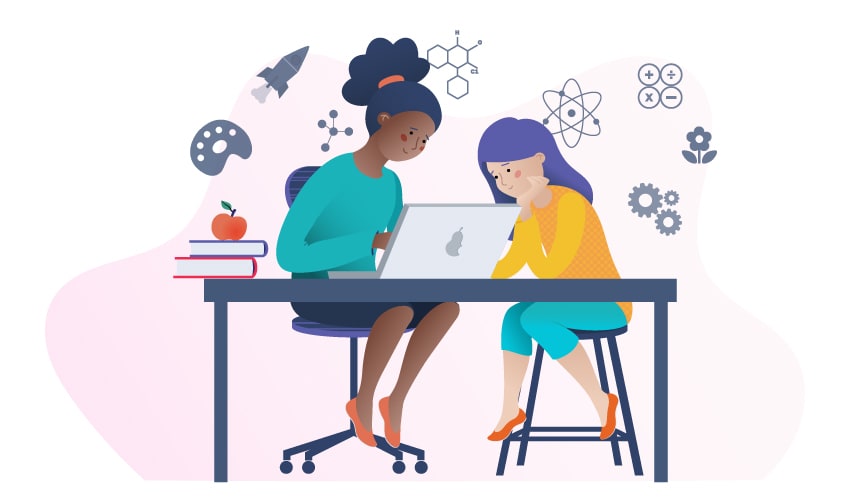
and learning styles.
Understanding Individual Learning Styles
Every student has their own unique learning style. Some students learn best by listening to lectures, while others prefer to read or do hands-on activities. Some students need more support and guidance than others. By understanding each student’s individual learning style, educators can tailor their instruction to meet their needs.
Related: Understanding the Body’s Movement Mechanics
| Learning Style | Description |
|---|---|
| Visual | Learns best by seeing |
| Auditory | Learns best by hearing |
| Kinesthetic | Learns best by doing |
Accommodating Different Learning Styles
In addition to learning styles, educators also need to consider students’ different learning needs. Some students may have learning disabilities or other challenges that require them to receive additional support. Others may be gifted and talented and need to be challenged with more advanced material. By accommodating different learning needs, educators can create a more equitable learning environment for all students.
Related: Understanding the Body’s Movement Mechanics
Strategies for Accommodating Different Learning Styles
There are a variety of strategies that educators can use to accommodate different learning styles. Some of these strategies include:
- Visual learners: Use visual aids such as charts, graphs, and diagrams. Provide opportunities for students to create their own visual representations of their learning.
- Auditory learners: Use verbal explanations and discussions. Provide opportunities for students to listen to recordings and podcasts.
- Kinesthetic learners: Use hands-on activities and experiments. Provide opportunities for students to move around and interact with their learning environment.

2. Active Learning
Active learning is a teaching method that engages students in the learning process by having them actively participate in their own learning. This can be done through a variety of activities, such as discussions, simulations, role-playing, and problem-solving exercises. Active learning has been shown to be more effective than traditional lecture-based instruction in promoting student learning and critical thinking skills.
Related: Understanding the Body’s Movement Mechanics
| Type of Active Learning | Description |
|---|---|
| Discussions | Students engage in discussions with each other and the teacher to explore different perspectives and ideas. |
| Simulations | Students participate in simulations that model real-world situations, allowing them to apply their knowledge and skills in a safe environment. |
| Role-playing | Students take on different roles and engage in role-playing exercises to develop their empathy and communication skills. |
Active learning is an effective way to engage students in their learning and promote critical thinking skills. By providing students with opportunities to actively participate in their learning, educators can help them develop the skills they need to succeed in school and beyond.
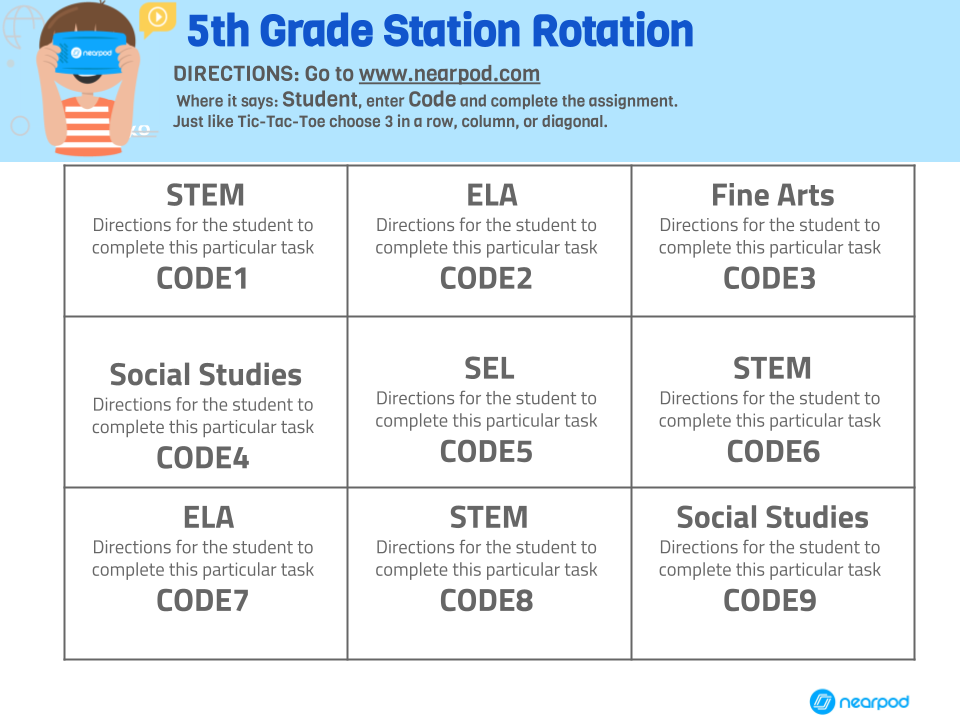
Engage students in hands-on
Hands-on learning is a powerful way to engage students in their learning and help them develop critical thinking skills. By providing students with opportunities to actively participate in their learning, educators can help them develop the skills they need to succeed in school and beyond. One of the best ways to engage students in hands-on learning is through simulations. Simulations allow students to experience real-world situations in a safe and controlled environment. This can help them develop problem-solving skills, decision-making skills, and communication skills.
Related: Understanding the Body’s Movement Mechanics
| Type of Simulation | Description |
|---|---|
| Role-playing | Students take on different roles and engage in role-playing exercises to develop their empathy and communication skills. |
| Case studies | Students analyze real-world case studies to develop their problem-solving skills and decision-making skills. |
| Games | Students play games that are designed to teach them specific skills or concepts. |
Simulations can be used in a variety of subjects, including science, social studies, math, and language arts. They can be used to teach a variety of concepts, such as the scientific method, the principles of democracy, or the basics of grammar. Simulations can be a fun and engaging way for students to learn, and they can also help them develop important skills that will serve them well in their future careers.
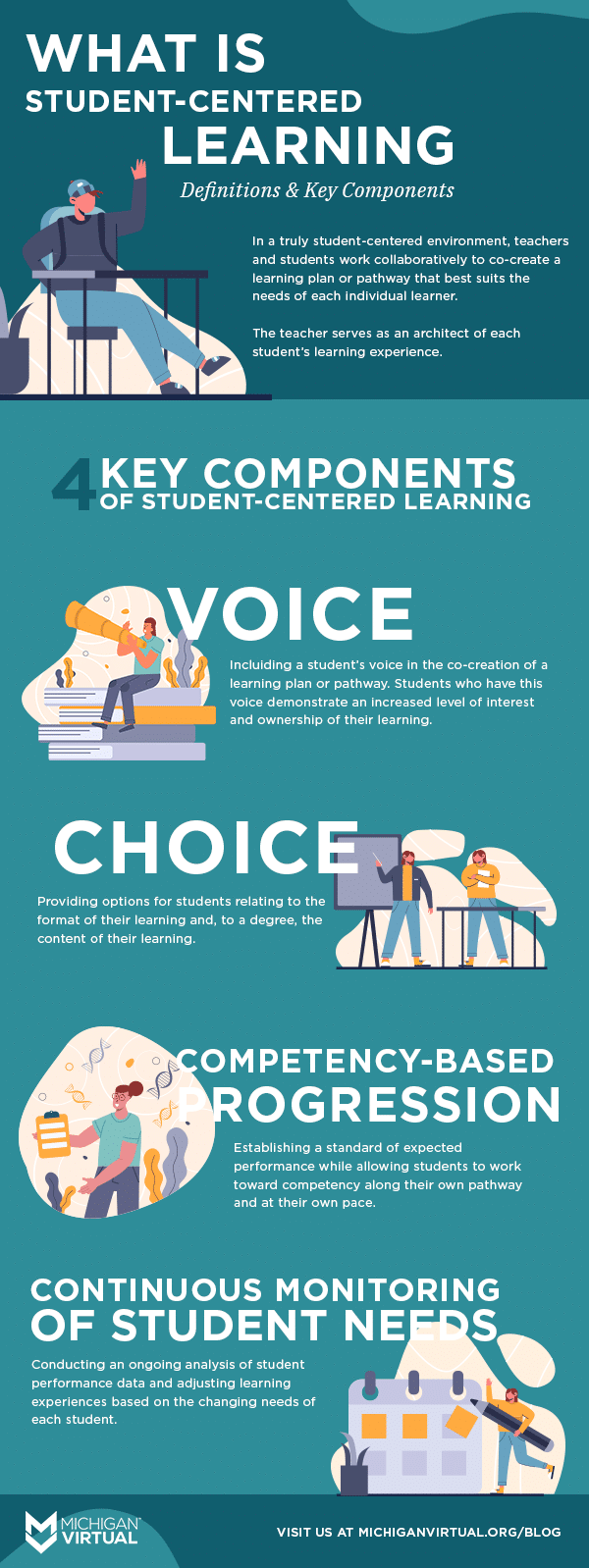
experiential activities that promote critical thinking and problemsolving.
Experiential activities are a powerful way to engage students in their learning and help them develop critical thinking and problem-solving skills. By providing students with opportunities to apply their knowledge and skills in real-world situations, educators can help them develop the skills they need to succeed in school and beyond. One of the best ways to provide students with experiential learning opportunities is through simulations. Simulations allow students to experience real-world situations in a safe and controlled environment. This can help them develop problem-solving skills, decision-making skills, and communication skills.
Related: Understanding the Body’s Movement Mechanics
| Type of Simulation | Description |
|---|---|
| Role-playing | Students take on different roles and engage in role-playing exercises to develop their empathy and communication skills. |
| Case studies | Students analyze real-world case studies to develop their problem-solving skills and decision-making skills. |
| Games | Students play games that are designed to teach them specific skills or concepts. |
Simulations can be used in a variety of subjects, including science, social studies, math, and language arts. They can be used to teach a variety of concepts, such as the scientific method, the principles of democracy, or the basics of grammar. Simulations can be a fun and engaging way for students to learn, and they can also help them develop important skills that will serve them well in their future careers.
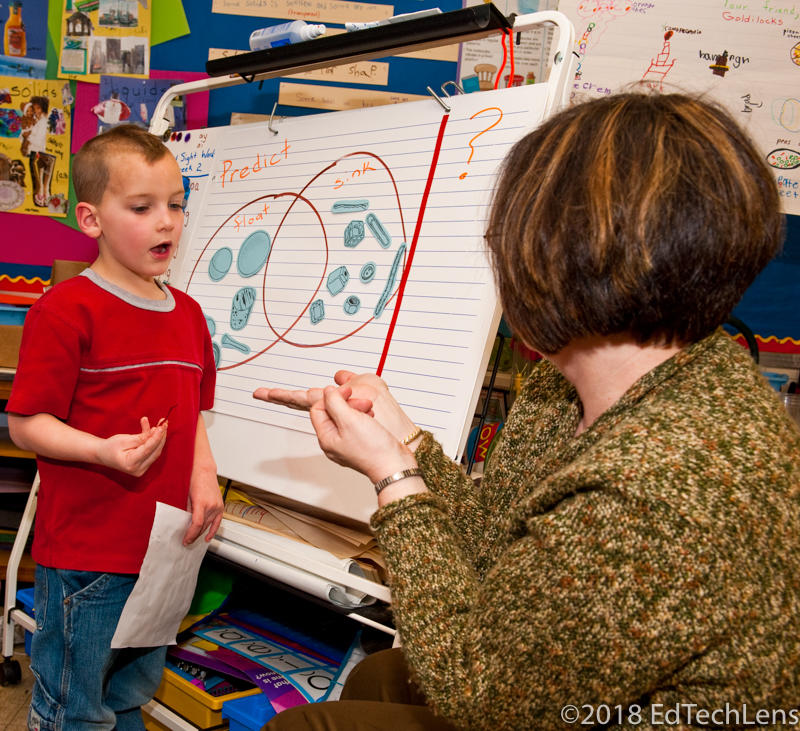
3. Collaborative Learning
Facilitate Group Work and Peer-to-Peer Interaction
Collaborative learning involves students working together in groups to achieve a common goal. This can be done through a variety of activities, such as group projects, peer review, and class discussions. Collaborative learning has been shown to improve student learning outcomes in a variety of areas, including academic achievement, critical thinking skills, and problem-solving skills.
Related: Understanding the Body’s Movement Mechanics
| Type of Collaborative Learning | Description |
|---|---|
| Group projects | Students work together in groups to complete a project, such as a research paper or a presentation. |
| Peer review | Students review and critique each other’s work, providing feedback and suggestions for improvement. |
| Class discussions | Students engage in discussions with each other and the teacher to explore different perspectives and ideas. |
Benefits of Collaborative Learning
There are many benefits to collaborative learning, including:
- Increased student engagement: When students are working together in groups, they are more likely to be engaged in their learning.
- Improved student outcomes: Collaborative learning has been shown to improve student outcomes in a variety of areas, including academic achievement, critical thinking skills, and problem-solving skills.
- Greater student motivation: When students are working together towards a common goal, they are more likely to be motivated to learn.
- Development of social skills: Collaborative learning helps students develop important social skills, such as communication, cooperation, and teamwork.
Collaborative learning is a powerful approach that can help educators create a more engaging and effective learning environment for all students. By facilitating group work and peer-to-peer interaction, educators can help students develop the skills they need to succeed in school and beyond.
Related: Understanding the Scientific Method
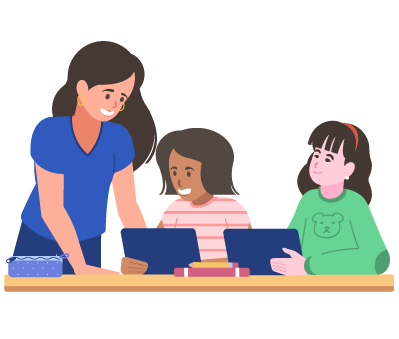
Facilitate group work and peer-to-peer interaction to foster social skills and knowledge sharing.
Benefits of Collaborative Learning
Collaborative learning offers numerous benefits, including enhanced student engagement, improved learning outcomes, increased motivation, and the development of essential social skills such as communication, cooperation, and teamwork. By working together towards a shared objective, students learn to interact effectively, share ideas, and support one another’s learning journey.
Related: Understanding the Scientific Method
| Benefit of Collaborative Learning | Description |
|---|---|
| Enhanced student engagement | Students are more likely to be actively involved in their learning when working in groups. |
| Improved learning outcomes | Collaborative learning has been shown to improve student outcomes in various areas, including academic achievement, critical thinking skills, and problem-solving abilities. |
| Increased motivation | Working towards a common goal fosters motivation and encourages students to actively participate in their learning. |
Strategies for Facilitating Collaborative Learning
To effectively facilitate collaborative learning, educators can implement various strategies, such as:
- Group projects: Assigning group projects allows students to work together on a specific task, fostering collaboration and knowledge sharing.
- Peer review: Encouraging students to review and provide feedback on each other’s work promotes critical thinking and improves communication skills.
- Class discussions: Facilitating class discussions enables students to engage in meaningful conversations, share diverse perspectives, and develop their communication abilities.
- Online forums: Utilizing online forums allows students to interact and collaborate beyond the physical classroom, fostering knowledge sharing and peer support.
Related: Understanding the Body’s Movement Mechanics
4. Technology-Enhanced Learning
Integrating Technology Tools and Resources
Technology-enhanced learning involves integrating technology tools and resources into the learning process to enhance student engagement, personalize instruction, and provide real-time feedback. This can be done through a variety of tools and resources, such as online learning platforms, educational apps, and interactive simulations.
Related: Understanding the Body’s Movement Mechanics
| Type of Technology Tool | Description |
|---|---|
| Online learning platforms | Provide access to online courses, resources, and collaboration tools. |
| Educational apps | Offer interactive and engaging learning experiences on mobile devices. |
| Interactive simulations | Allow students to experience real-world situations in a safe and controlled environment. |
Benefits of Technology-Enhanced Learning
There are many benefits to technology-enhanced learning, including:
- Increased student engagement: Technology tools can help to make learning more engaging and interactive, which can lead to increased student motivation and participation.
- Personalized instruction: Technology can be used to personalize instruction to meet the individual needs of each student. This can help students to learn at their own pace and in a way that is most effective for them.
- Real-time feedback: Technology can provide students with real-time feedback on their progress. This can help students to identify areas where they need to improve and make adjustments to their learning strategies.
Technology-enhanced learning is a powerful approach that can help educators create a more engaging and effective learning environment for all students. By integrating technology tools and resources into the learning process, educators can help students develop the skills they need to succeed in school and beyond.
Related: Understanding the Scientific Method
Integrate technology tools and resources to enhance engagement
Interactive simulations and games
Interactive simulations and games can be a great way to engage students in learning. They allow students to experience real-world situations in a safe and controlled environment. This can help them to develop problem-solving skills, decision-making skills, and critical thinking skills. For example, in a science class, students could use a simulation to model the solar system. This would allow them to explore the different planets and their orbits, and to see how the system works. In a history class, students could use a simulation to model a historical event, such as the American Revolution. This would allow them to learn about the different factors that led to the event, and to see how it unfolded.
Related: Understanding the Body’s Movement Mechanics
| Type of Simulation | Description |
|---|---|
| Science simulations | Allow students to explore scientific concepts in a safe and controlled environment. |
| History simulations | Allow students to learn about historical events in a fun and engaging way. |
| Math simulations | Allow students to practice math skills in a fun and engaging way. |
Online learning platforms
Online learning platforms can be a great way to provide students with access to a variety of learning resources. These platforms typically offer a variety of courses, tutorials, and other resources that students can access at their own pace. This can be a great option for students who want to learn at their own pace or who have busy schedules. For example, a student who is interested in learning about coding could use an online learning platform to access a variety of courses on the topic. This would allow them to learn at their own pace and to focus on the areas that they are most interested in.
Related: Understanding the Scientific Method
Personalize instruction
Personalizing instruction involves tailoring instruction to the individual needs, interests, and learning styles of each student. This can be done in a variety of ways, such as:
- Differentiated instruction: This involves providing different levels of support and challenge to students based on their individual needs.
- Choice boards: These allow students to choose from a variety of activities that meet their interests and learning styles.
- Learning contracts: These allow students to negotiate with the teacher the terms of their learning, including the pace, content, and assessment.
| Type of Personalized Learning | Description |
|---|---|
| Differentiated instruction | Providing different levels of support and challenge to students based on their individual needs. |
| Choice boards | Allowing students to choose from a variety of activities that meet their interests and learning styles. |
| Learning contracts | Allowing students to negotiate with the teacher the terms of their learning, including the pace, content, and assessment. |
Personalizing instruction can help to improve student engagement, motivation, and learning outcomes. By tailoring instruction to the individual needs of each student, educators can help to create a more equitable and effective learning environment for all.
Related: Understanding the Body’s Movement Mechanics
and provide real-time feedback.
Empowering Students with Real-Time Feedback
Technology can play a vital role in providing students with real-time feedback on their progress. This can help students to identify areas where they need to improve and make adjustments to their learning strategies. For example, online learning platforms often provide students with instant feedback on their quizzes and assignments. This can help students to identify areas where they need to focus their studies and to make adjustments to their learning strategies. Additionally, some educational apps provide students with real-time feedback on their progress through interactive exercises and simulations. This can help students to stay motivated and engaged in their learning.
Related: Understanding the Body’s Movement Mechanics
| Type of Real-Time Feedback | Description |
|---|---|
| Online quizzes and assignments | Provide students with instant feedback on their progress. |
| Educational apps | Provide students with real-time feedback on their progress through interactive exercises and simulations. |
| Peer review | Allows students to provide feedback on each other’s work, fostering critical thinking and communication skills. |
Benefits of Real-Time Feedback
Providing students with real-time feedback has a number of benefits, including:
- Improved student learning: Real-time feedback can help students to identify areas where they need to improve and make adjustments to their learning strategies. This can lead to improved student learning outcomes.
- Increased student motivation: Real-time feedback can help students to stay motivated and engaged in their learning. This is because students can see their progress and identify areas where they need to improve.
- Enhanced student-teacher communication: Real-time feedback can help to enhance student-teacher communication. This is because students can ask questions and get feedback from their teachers in real time.
Providing students with real-time feedback is a powerful way to improve student learning and engagement. By using technology and other tools to provide students with real-time feedback, educators can help students to succeed in school and beyond.
Related: Understanding the Scientific Method
Final Thought
Embracing student-centered teaching strategies is not merely a pedagogical shift but a transformative journey that empowers learners, fosters collaboration, and cultivates a lifelong love of learning. By personalizing instruction, engaging students in active and collaborative activities, and leveraging technology to enhance the learning experience, educators can create classrooms where students are not only acquiring knowledge but also developing essential skills for success in the 21st century and beyond. Remember, the true measure of a student-centered classroom lies not only in academic achievement but also in the empowered, self-directed learners it produces.



